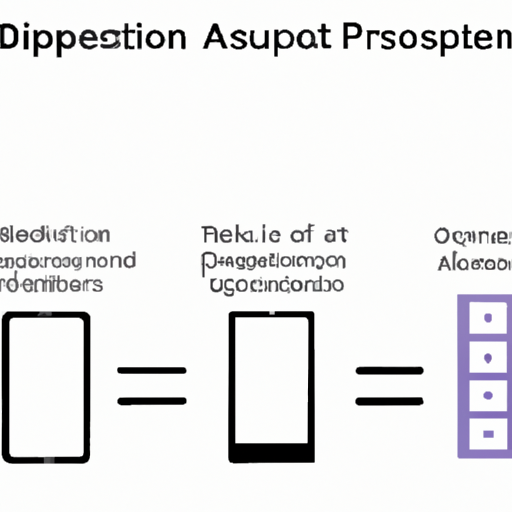Application Development in Battery Products for P-11AAHF10: Key Technologies and Success Stories
Developing applications for battery products, particularly for a specific model like the P-11AAHF10, involves leveraging various key technologies and methodologies to enhance performance, efficiency, and user experience. Below are some key technologies and success stories related to battery application development.
Key Technologies
| 1. Battery Management Systems (BMS) | |
| 2. Smart Battery Technology | |
| 3. Energy Density Optimization | |
| 4. Fast Charging Technologies | |
| 5. Recycling and Sustainability | |
| 6. Artificial Intelligence and Machine Learning | |
| 1. Electric Vehicles (EVs) | |
| 2. Consumer Electronics | |
| 3. Renewable Energy Storage | |
| 4. Medical Devices | |
| 5. Drones and Robotics | |
Success Stories
Conclusion

The development of applications for battery products like the P-11AAHF10 is driven by advancements in technology and innovative approaches to battery management, energy density, and sustainability. By leveraging these technologies and learning from successful implementations across various industries, developers can create efficient, reliable, and user-friendly battery solutions that meet the demands of modern applications. The P-11AAHF10 has the potential to play a significant role in various sectors, from consumer electronics to renewable energy, by adopting these key technologies and strategies.
Application Development in Battery Products for P-11AAHF10: Key Technologies and Success Stories
Developing applications for battery products, particularly for a specific model like the P-11AAHF10, involves leveraging various key technologies and methodologies to enhance performance, efficiency, and user experience. Below are some key technologies and success stories related to battery application development.
Key Technologies
| 1. Battery Management Systems (BMS) | |
| 2. Smart Battery Technology | |
| 3. Energy Density Optimization | |
| 4. Fast Charging Technologies | |
| 5. Recycling and Sustainability | |
| 6. Artificial Intelligence and Machine Learning | |
| 1. Electric Vehicles (EVs) | |
| 2. Consumer Electronics | |
| 3. Renewable Energy Storage | |
| 4. Medical Devices | |
| 5. Drones and Robotics | |
Success Stories
Conclusion

The development of applications for battery products like the P-11AAHF10 is driven by advancements in technology and innovative approaches to battery management, energy density, and sustainability. By leveraging these technologies and learning from successful implementations across various industries, developers can create efficient, reliable, and user-friendly battery solutions that meet the demands of modern applications. The P-11AAHF10 has the potential to play a significant role in various sectors, from consumer electronics to renewable energy, by adopting these key technologies and strategies.













